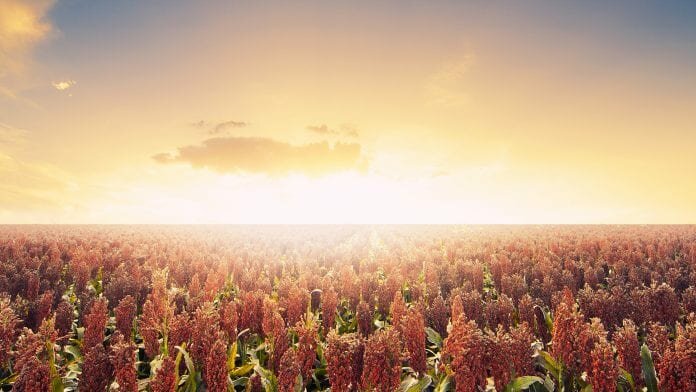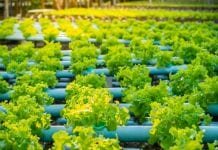
Diversifying crop production can make agriculture more sustainable and improve the nutritional yield of agrifood crops, new research has found.
The study, titled ‘Beyond the Green Revolution: balancing multiple objectives for sustainable cereal production’ and published in the Proceedings of the National Academy of Sciences journal, was conducted by researchers at the International Institute of Applied Systems Analysis (IIASA) and a number of affiliated institutions. The study’s authors examined the impact of increasing crop diversity in agrifood production, focusing on the cultivation of rice and cereal crops in India.
Kyle Davis, a postdoctoral research fellow at the Data Science Institute at Columbia University, New York and the lead author of the study, said: “To make agriculture more sustainable, it’s important that we think beyond just increasing food supply and also find solutions that can benefit nutrition, farmers and the environment. This study shows that there are real opportunities to do just that. India can sustainably enhance its food supply if farmers plant less rice and more nutritious and environmentally friendly crops such as finger millet, pearl millet, and sorghum.”
The research found that by replacing a proportion of rice, which commonly dominates much of India’s agriculture sector, with coarse cereals such as sorghum and pearl millet, the protein content of crops increased by between 1% and 5%; while their iron content increased between 5% and 49%. Energy use and demand for irrigation water both decreased in crops with an increased coarse cereal presence; and the levels of greenhouse gases emitted during the production process fell by between 2% and 13%.
The study’s co-author Narasimha Rao, a researcher in the IIASA Energy Programme and faculty member at the Yale University School of Forestry and Environmental Studies, said: “One key insight from this study was that despite coarse grains having lower yields on average, there are enough regions where this is not the case. A non-trivial shift away from rice can therefore occur without reducing overall production.”


















